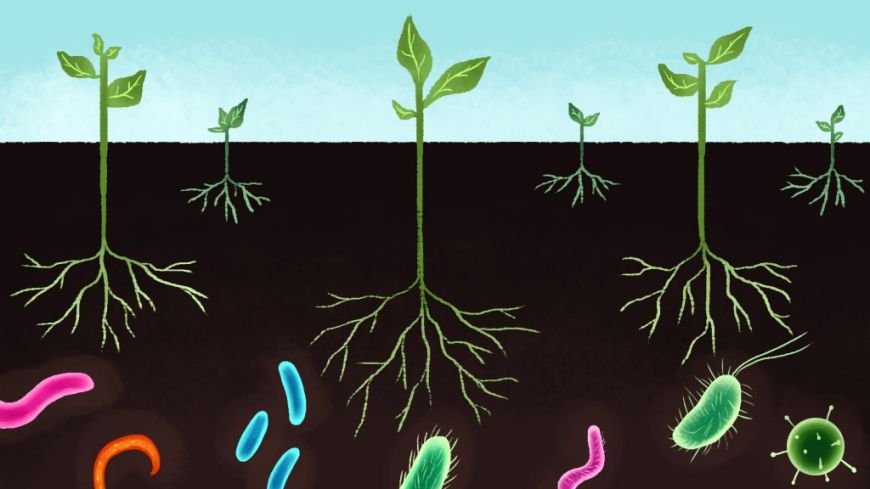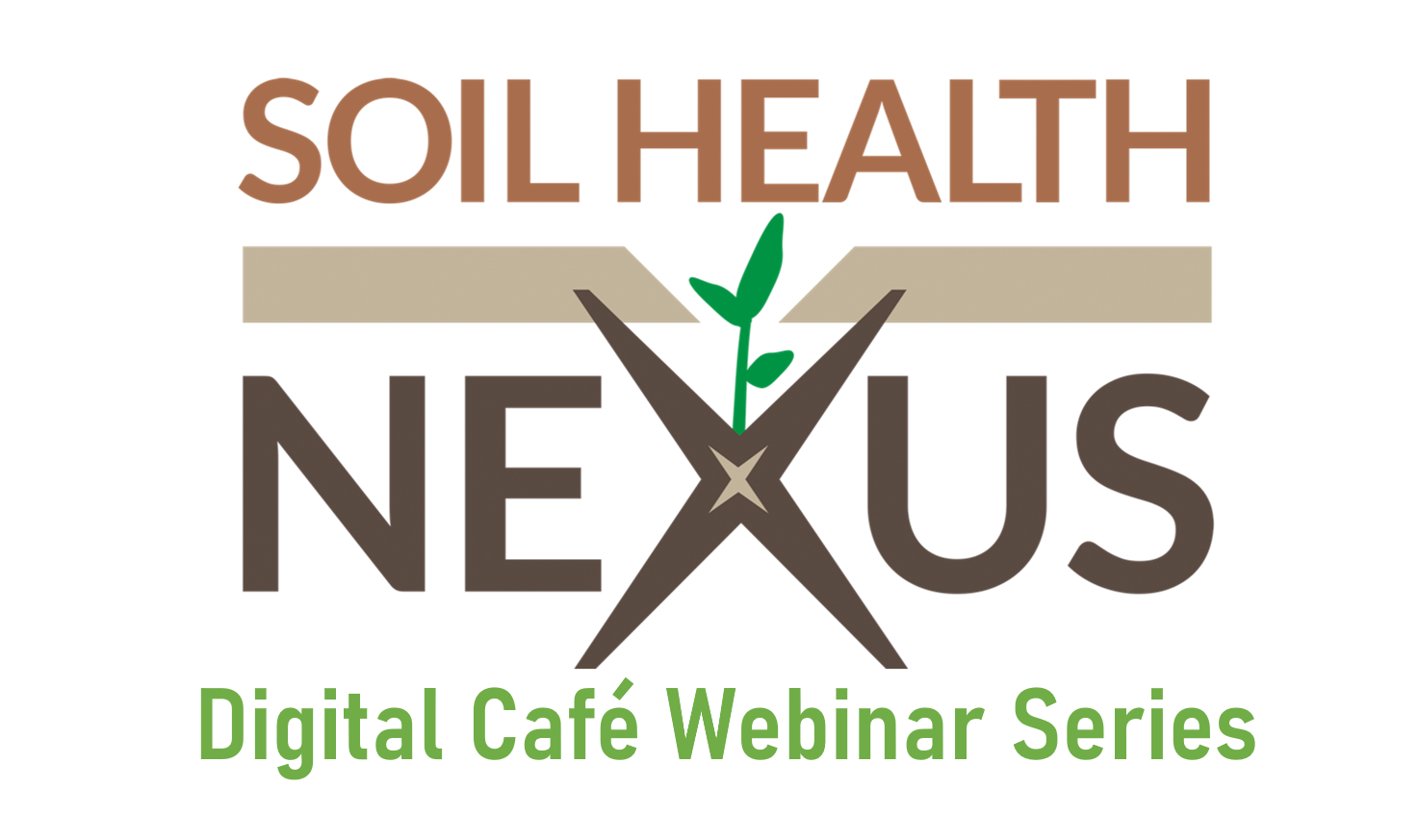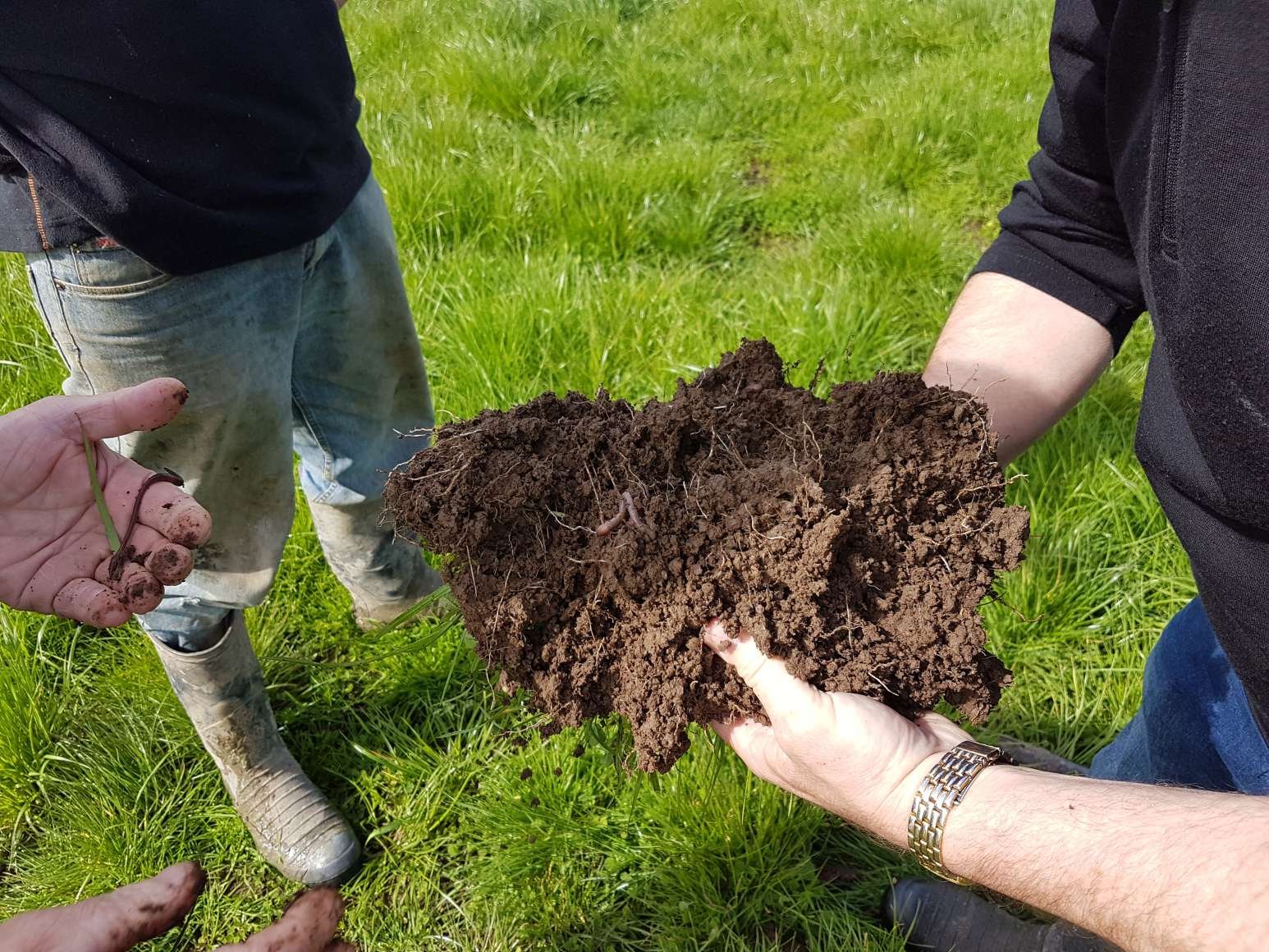Achieving the best possible results for you crop begins below the ground, and specifically in the top few centimetres of healthy topsoil. Topsoil is so important because it contains all the nutrients that plants need to survive. It is also the city in which the all-important soil organisms live – where the Bacteria, fungi, archaea, nematodes and nameless other organisms quietly feed and defend our crops against pests and pathogens.
It is also in this zone that the crop protection battle begins. Crop protection is a challenge for every grower but boosting soil life can give added Armor for this battle. Within the myriad of organisms which make up the soil food web countless species have demonstrated defence traits against pathogens. By fostering these beneficial microorganisms, we can switch on these defence mechanisms to suppress these diseases and outcompete pathogens. Some strategies to enhancing these traits are outlined below:
Crop Nutrition for Enhance Defence
Nutrition or lack there of directly impacts crop protection. Nutrients are crucial for support plant growth, helping a plant reach its growth potential and also to defend against pests and pathogens. Key nutrient timing of both macro and micronutrients can provide a crucial boost to plant helping it protect against these diseases. These can be applied directly in plant available forms or through the soil designed to feed and be processed by soil organisms.
Nitrogen, phosphorus, potassium and micronutrient availability depends on how quickly and effectively the soil microbes can metabolise and release nutrients. Microbial activity depends on soil moisture, temperature, soil conditions, C/N Ratio and many other factors. It is crucial to create a soil environment conducive to microbial nutrient cycling by feeding microbes plenty of high quality food sources rich in carbon, keeping the carbon to nitrogen ratio around 20:1 and keeping the soil moist but not saturated.
Nitrogen is the most limiting nutrient to crop growth and, without an adequate supply, development slows, and plants often suffer increased damage from disease and pests. Providing enough N to meet demand at critical growth stages will help seedlings mature quickly and develop strong root systems resilient against disease. Too much nitrogen can be equally damaging. Excessive N increases vegetative growth, and pests and pathogens are drawn to the crop to feed on succulent, tender young tissue. Frequent leaf and soil tests can help determine N availability and requirement.
Phosphorus availability also affects disease suppression. P is critical to root development, so supplying adequate available P will help plants develop mature root systems as quickly as possible to evade infection during their vulnerable infancy. Adding too much P can harm crop growth and disease suppression, limiting the growth of some beneficial fungi (mycorrhizal fungi) that can outcompete or inhibit pathogens. Beneficial fungi also aid nutrient and water uptake, indirectly proving disease management by facilitating vigorous growth. Excessive P also decreases zinc availability, potentially causing deficiency symptoms that increase pest and pathogen damage.
Potassium, calcium and micronutrients play critical roles in cell wall stability and plant defence. Deficiencies lead to cracks and damage in cell walls and membranes, giving pathogens entry points into the plant. Fertilising with adequate K, Ca and micronutrients builds thick, protective cell walls rich in lignin and suberin that resist breakdown by enzymes released by attacking pathogens. Nutrient deficiencies also cause sugars and amino acids to build up in cells because the plant does not have the nutrients needed to transform simple building blocks into complex carbohydrates and proteins. Sugars and amino acids leak out of weak cell walls, attracting and feeding pests and pathogens.
Soil Quality
 Microbial activity and organic matter influence disease suppression by improving many aspects of soil quality including structure, pH, cation exchange capacity and water holding capacity. Good soil structure with stable aggregates and plenty of pore space favor healthy root growth and beneficial microbial colonisation. Fusarium wilt often occurs in acidic, saturated soils when pathogenic fungi prey on oxygen-starved roots. Without adequate porosity, crops either get too much or too little moisture, making them weak, inhospitable to beneficial microorganisms and susceptible to pathogenic attack. Maintaining structured, well-aerated soils gives roots the best opportunity to grow and develop strong beneficial microbial associations. The good fungi and bacteria will occupy space on the roots and adjacent soil, competitively inhibiting pathogens and parasites.
Microbial activity and organic matter influence disease suppression by improving many aspects of soil quality including structure, pH, cation exchange capacity and water holding capacity. Good soil structure with stable aggregates and plenty of pore space favor healthy root growth and beneficial microbial colonisation. Fusarium wilt often occurs in acidic, saturated soils when pathogenic fungi prey on oxygen-starved roots. Without adequate porosity, crops either get too much or too little moisture, making them weak, inhospitable to beneficial microorganisms and susceptible to pathogenic attack. Maintaining structured, well-aerated soils gives roots the best opportunity to grow and develop strong beneficial microbial associations. The good fungi and bacteria will occupy space on the roots and adjacent soil, competitively inhibiting pathogens and parasites.
Soil microorganisms are ecosystem engineers that modify their surroundings to suit their needs. Fungi and bacteria excrete sticky substances that bind soil particles together, creating aggregates and pore spaces that facilitate water, nutrient and air flow. By cover cropping and applying compost and biological fertilisers, growers provide a food source to fuel microbial growth and soil structure development. Over time, fungal and bacterial colonies will change the soil’s physical and chemical characteristics, creating an environment suppressive to pathogens.
Humus also contributes to disease management by increasing water holding capacity and cation exchange capacity. Humus has a very high water holding capacity compared to the mineral fraction of soil. Humus soaks up water like a sponge, slowly releasing moisture without suffocating plant roots. Humus also has very high cation exchange capacity, meaning it can attract and hold positively charged plant nutrients such as ammonium, potassium and calcium. Improved nutrient and water holding capacity provide plants with plenty of nutrients needed for vigorous growth and defence against stress.
Induced Resistance
Increasing soil microbial activity also helps fight biotic stress by activating the plants’ “induced resistance” against attacking organisms. Researchers describe two main types of induced resistance – Systemic Acquired Resistance (SAR) and Induced Systemic Resistance (ISR). Both forms activate plant defence genes and enhance protective mechanisms. Both types of resistance prime the plant to recognize and strongly respond to a wide range of pathogens by launching chemical and physical defences against infection.
How EM will help disease resistance
EM was designed for improving soil quality and to speed up organic matter breakdown. By breaking organic matter EM will increase humus in the soil. EM will help stimulate microbial activity, boosting beneficial species and enhancing soil functions. This in turn will increase the soils’ ability to provide nutrition to plants and activating plants defence systems.
Source link












